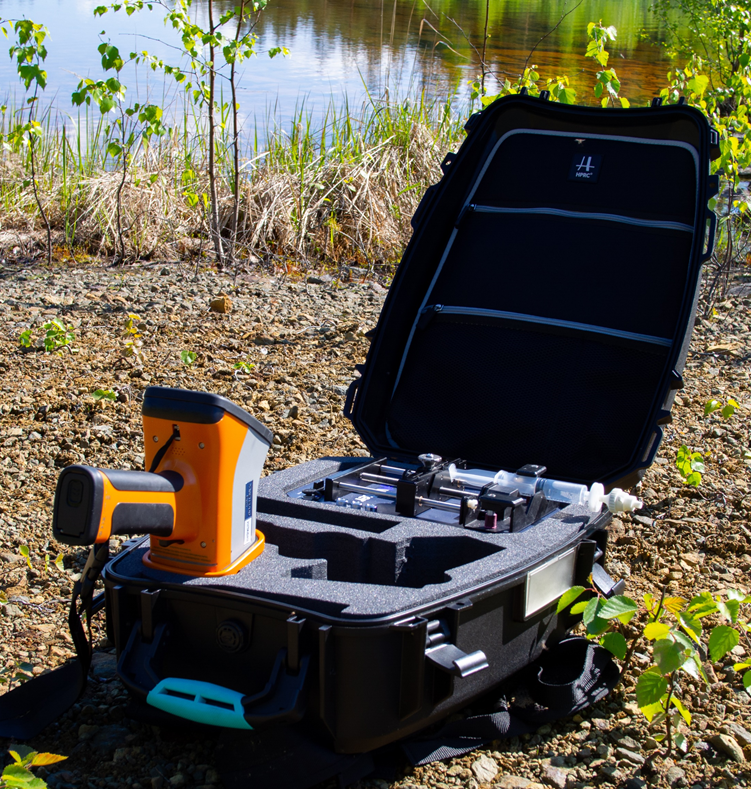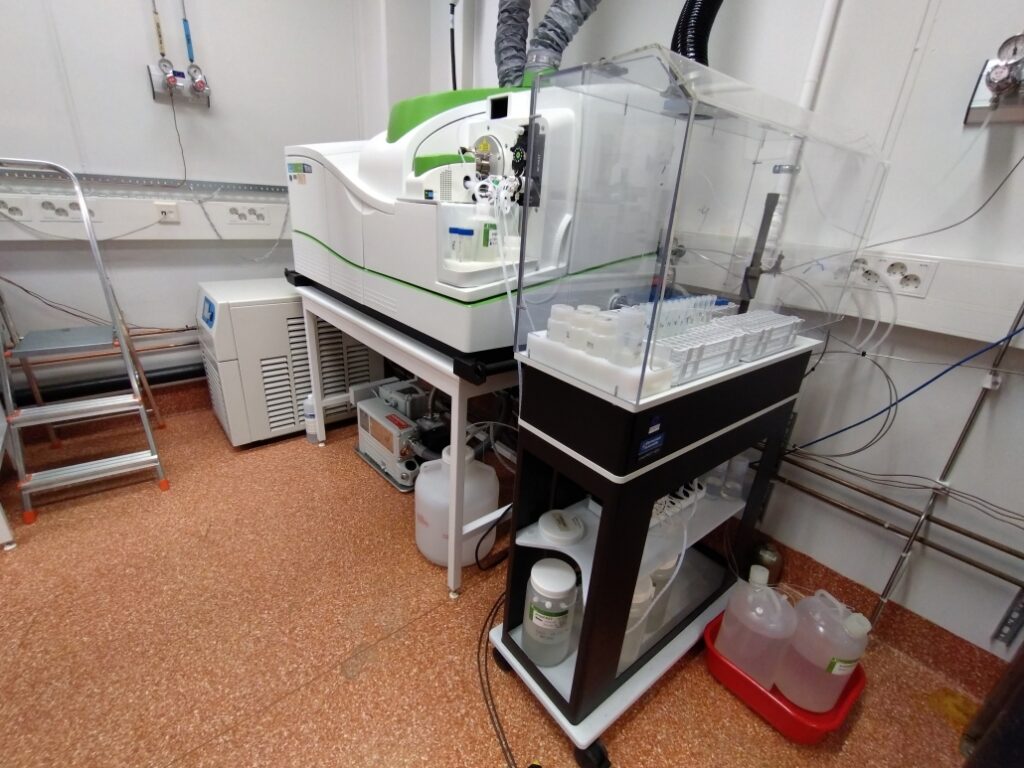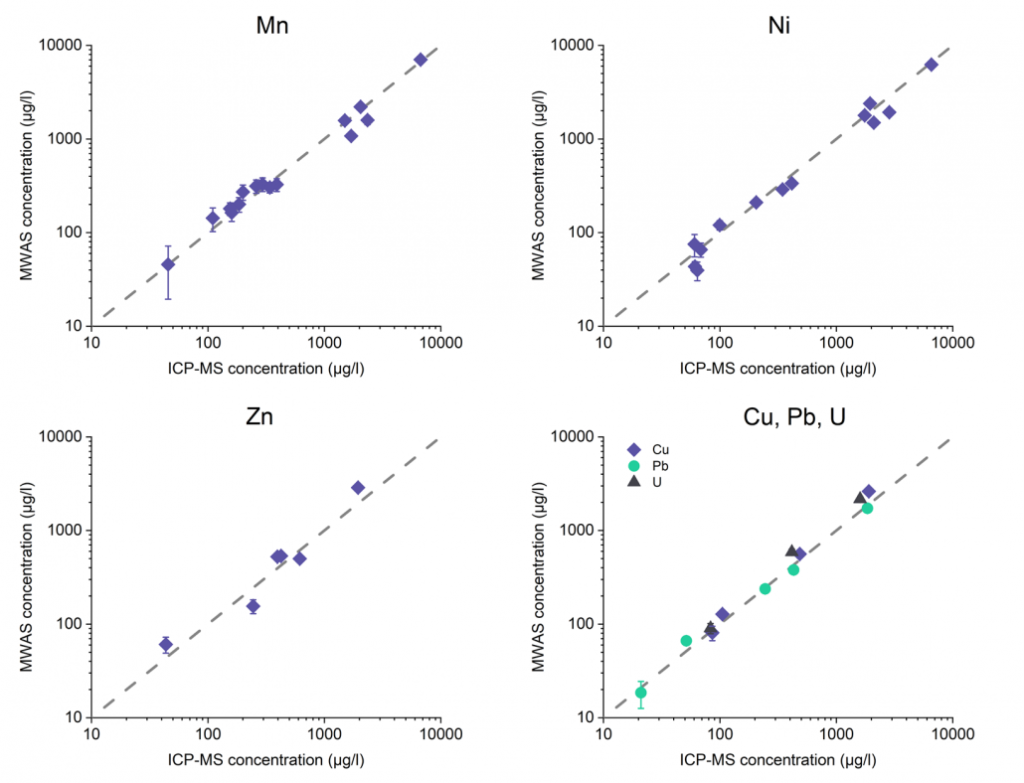We concluded the last blog post by writing “On-site technologies and laboratory instruments or services have quite different purpose. When the data quality of on-site measurements is sufficient, they are cost-efficient ways of getting data quickly for decision making. The purpose of the laboratory instruments on the other hand is to give ultimate performance. Because of these differences, direct comparison of the features or performance between these different types of analyses is typically not very meaningful.”
However, we know that you all are still interested how our Multimetal Water Analysis System (MWAS) performs against the laboratory analyses. Quite often manufacturers of analysis instrument report the performance and the specifications, such as detection limits, in the best possible conditions. Unfortunately, the performance in these conditions doesn’t often match the performance the user is getting in their daily operations. Therefore, we decided to do things differently and hired an external consultancy to study and analyse the performance of our technology in real conditions.
MWAS vs. ICP-MS what’s the difference?
Let’s first look at the differences between ICP-MS, the standard laboratory instrument for analysis of metals in waters, and our MWAS. The main features are shown in the table below. In summary, MWAS is a portable monitoring tool that can analyse low concentrations of dissolved metal in less than fifteen minutes. The training needed for using the system reliably is minimal and it does not require regular maintenance. The ICP-MS, on the other hand, costs at least ten times more, requires daily calibrations and requires users with an extensive training, such MSc in chemistry, for reliable quality assured analysis. ICP-MS offers, of course, analysis of long list of elements and extremely low detection limits.
Features and differences between 3AWater Multimetal Water Analysis System and ICP-MS, the standard laboratory method for trace metal analysis.
| MWAS | ICP-MS | |
|---|---|---|
| Portable | Yes | No |
| Training needed | 30 min | Months |
| Calibrations by user | No | Daily |
| Maintenance | Almost none | Daily |
| Cost | X | 10-20X |
| Time to results | 15 min | ≥ 1 day |
| Detection limit | Tens of µg/l | ng/l |


The Independent Validation
The performance of MWAS was validated against the laboratory results by the environmental and analysis professionals of independent third-party consultancy Ramboll Finland Oy, which is a part of Ramboll Group a global consultancy and one of the leading environmental consultancies in the Nordics. Twenty real environmental water samples were taken from mining environments and a shooting range. These were analysed ten times with MWAS and compared to analysis from two commercial laboratories. The results are presented in the figure below. The analysis results of MWAS compare well with laboratory results over a wide range of concentration.

Figure: 3AWater MWAS analysis results from twenty real environmental waters (average of ten measurements with standard deviation) vs. result obtained from commercial laboratories.
Outcome
Here are the main conclusions from the external consultant:
“MWAS performed reliably as a real-time on-site measurement method from an environmental specialists’ perspective. It takes approximately 15 minutes to collect the water sample and to perform an on-site measurement. Less than 1 h of training is needed to be operate MWAS”
“The accuracy is at a good level, when considering the total accuracy of environmental water analyses.”
“The main advantage of the MWAS system is the ability to obtain results quickly, which enables fast decision making whether for further sampling or any other necessary measures.”
The study was done by Ramboll Finland Oy and in collaboration with Savonia University of Applied Science and 3AWater. Request the full copy of the validation report from here.
